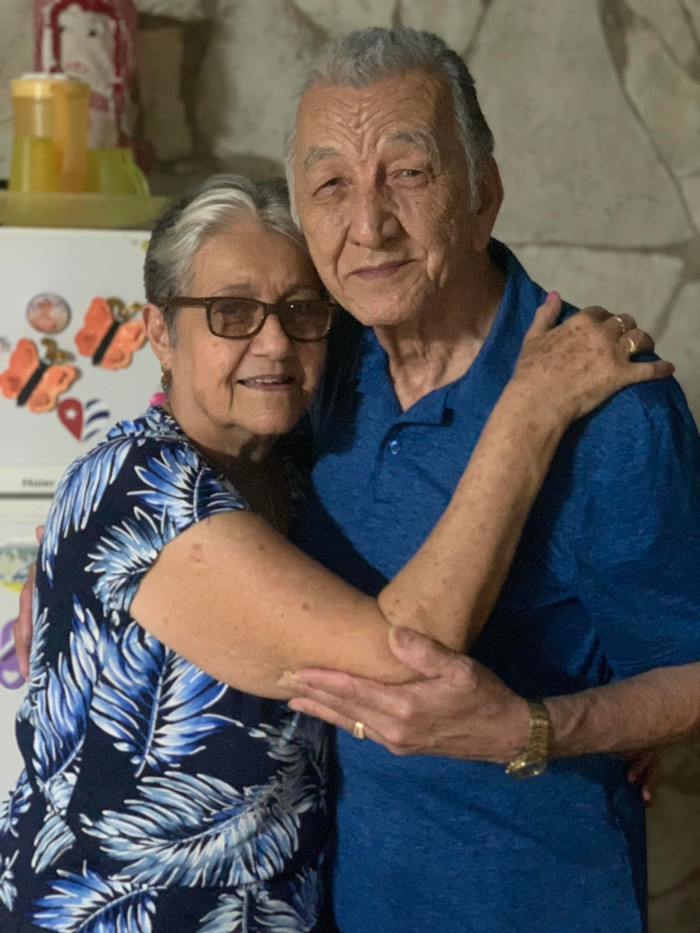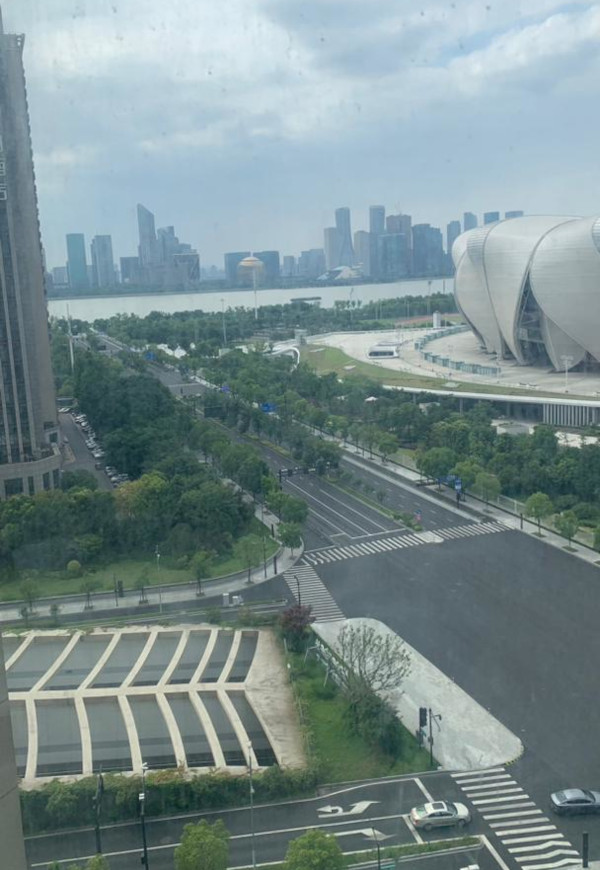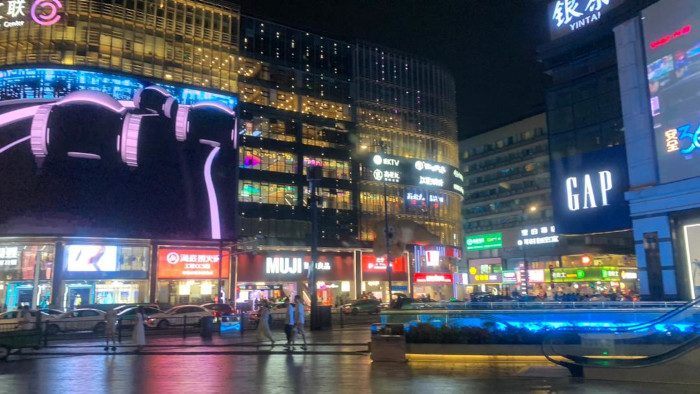Emilio Wong, a Cuban artist and professor of fine arts, is known for his Chinese heritage and his contribution to the community of descendants in Camagüey. Soon, he will exhibit in Shanghai and Hangzhou, the city where he collaborates for the opening of a cultural center.
In the welcome message, the Cuban Consulate in Shanghai relates his stay in China with the creation of a Cuban Cultural Center in Hangzhou, Zhejiang, associated with the Park for Investment and Trade project with Latin America and the Caribbean ( PICLA).
In conversation with Adelante, Emilio Wong talks about how his cultural identity has influenced his life and work, his role in the Chinese community in Cuba, and this trip that marks a milestone in his artistic and personal career.

—Being of Chinese descent in Cuba, how has that cultural mark influenced you?
—Being of Chinese descent in Cuba makes a difference. From the moment you are born, your first and last name disappear because, due to your physical appearance, they begin to call you “El Chino.” From the nickname to the principles and values instilled, such as discipline, commitment, and industriousness, everything has influenced my art, my work, and my personal life.
—You are a leader of the descendant community in Camagüey. What is the community like and how much of the inherited tradition do they maintain naturally and not as something forced?
—I consider myself passionate and a defender of my community, not a leader. The Chinese community in Camagüey is hardworking and committed. Let us remember the example of the mambises when Ignacio Agramonte gave a task: those who had availability, commitment, and dedication were the Chinese. That's in our DNA. We are working on projects like PICLA to promote development in the province, relying on our cultural values. PICLA has approached Cuba and one of the selected provinces is Camagüey. My mission is to promote cultural exchange. I feel right now like a shoelace tying up a real bridge.
—I imagine this is your first time in China. What has impacted you the most between what your grandparents told you and what you found?
—My first time in China has been shocking. Seeing advanced technology and discipline everywhere is overwhelming. Although my ancestors spoke of a poor China, today I see a prosperous country. I feel like I have come home, with a spiritual connection through my heritage. It's great to see children dedicated to studying and workers busy with their tasks without wasting time. My grandparents and my father, who came from Hong Kong, talked about the poverty of the peasants. Now I feel like I'm returning to my grandfather's spirit. It makes me want to go to Cuba to tell what China is like and how we can progress and be better.

—It is a beautiful opportunity to participate in the creation of a cultural center. What expectations do you arrive with and what do you identify as your main goal?
—It is a great responsibility to represent Cuban art. The cultural center will cover all the arts, not just the plastic arts. We want to create a cultural bridge between Cuba and China, starting with the “Cubaneo” project in Hangzhou. Our goal is to bring a piece of Cuba to China and facilitate cultural exchange, ensuring that our art is recognized and valued here.
—You are of Chinese descent but a Cuban artist with Western academic training. How do you make up for this absence in study plans that omit Asian art?
—I'm not the only one of Chinese descent. Wifredo Lam was too. From Camagüey, we have the example of Flora Fong and Ileana Sánchez Hing. Chinese DNA has a quality for aesthetics and beauty that responds to the visual arts. I come to a great artistic nation. I trained in art schools with great teachers to whom I am very grateful, even though they came from the Russian Academy in Kyiv, they gave me artistic tools and ways of doing, and they opened up visual horizons for me. This training was complemented by the values instilled at home, such as commitment, discipline, and dedication.
—Beyond people like me, without a heritage like yours, can identify Chinese heritage in you and your work, how do you project it?
—When I watch a movie I concentrate so much that I don't even hear people speak. When I work, I sometimes forget to eat lunch. Here I confirm that this biological information is activated in me. I work with the Chinese zodiac, animals. The horse is very important to me because my grandfather was a horse in the Chinese zodiac. In my paintings, there are anecdotes, stories, and legends based on Chinese culture, mixed with Cuban elements.

—From Chinese cosmology, this is the Year of the Dragon, ideal for new goals. What reading do you make of everything you are experiencing right now?
—The Year of the Dragon has shown me an awakening. PICLA has become a school for learning to solve problems. We must open the paths and doors of human understanding to develop. That's what I want to say in my work: learn from those who have achieved a lot in a short time. My work represents emigration, its causes, its history, and the influence of Chinese descent on us.
—Anything else you want to tell me about the trip, curiosities that are of public interest.
—There are always anecdotes about a trip, but I think this one is great. I left Camagüey on a Friday and arrived in China on a Tuesday. It was a unique and very long experience. The plane in Varadero was delayed, I arrived in Moscow with only an hour to board the next flight. Fortunately, a lady helped me and here I am. She healed my entrance to the Shanghai airport. Staying with good friends and learning every day about dedication, discipline, and work has healed me. I hope that our country opens the doors to this great nation to develop ourselves.
Translated by Linet Acuña Quilez



